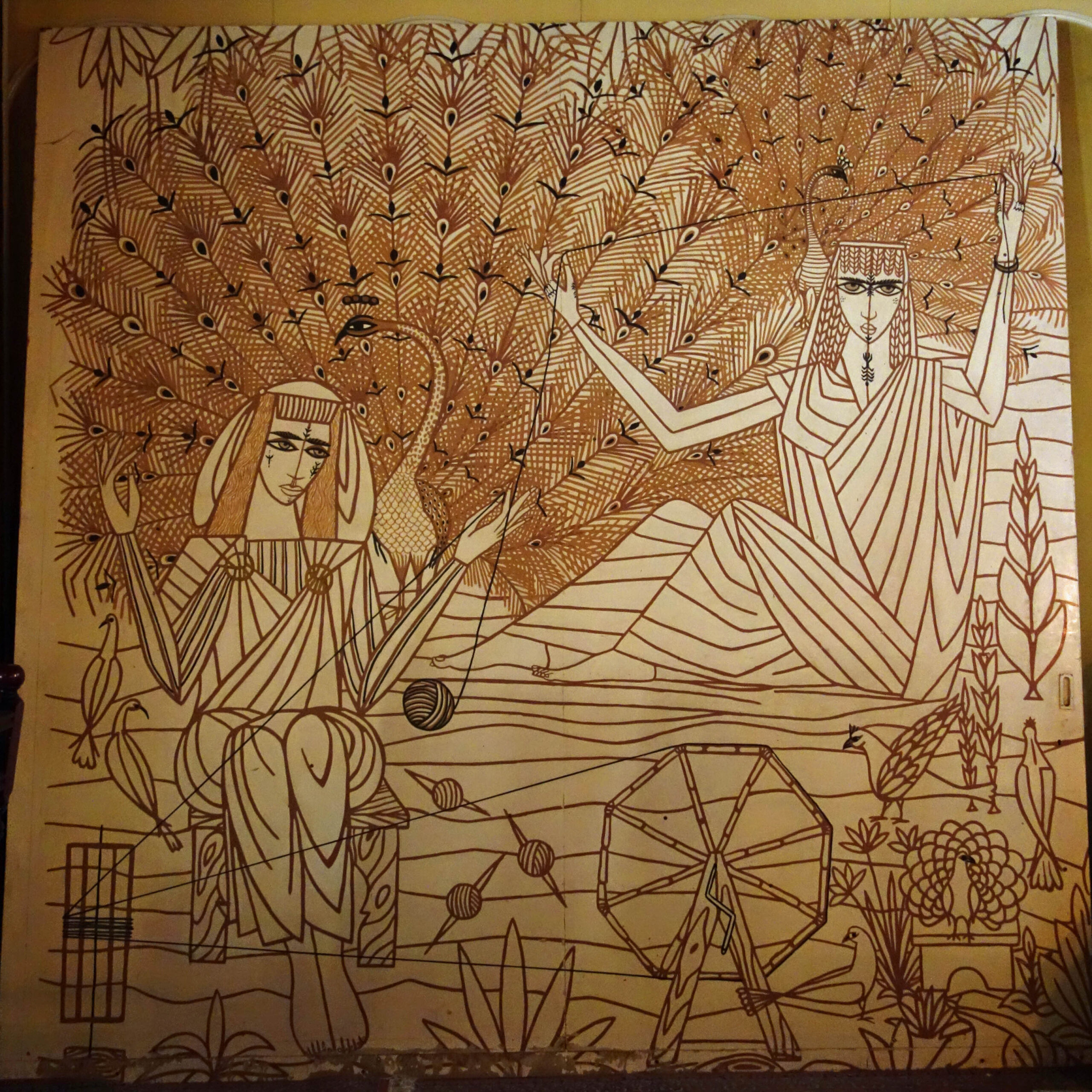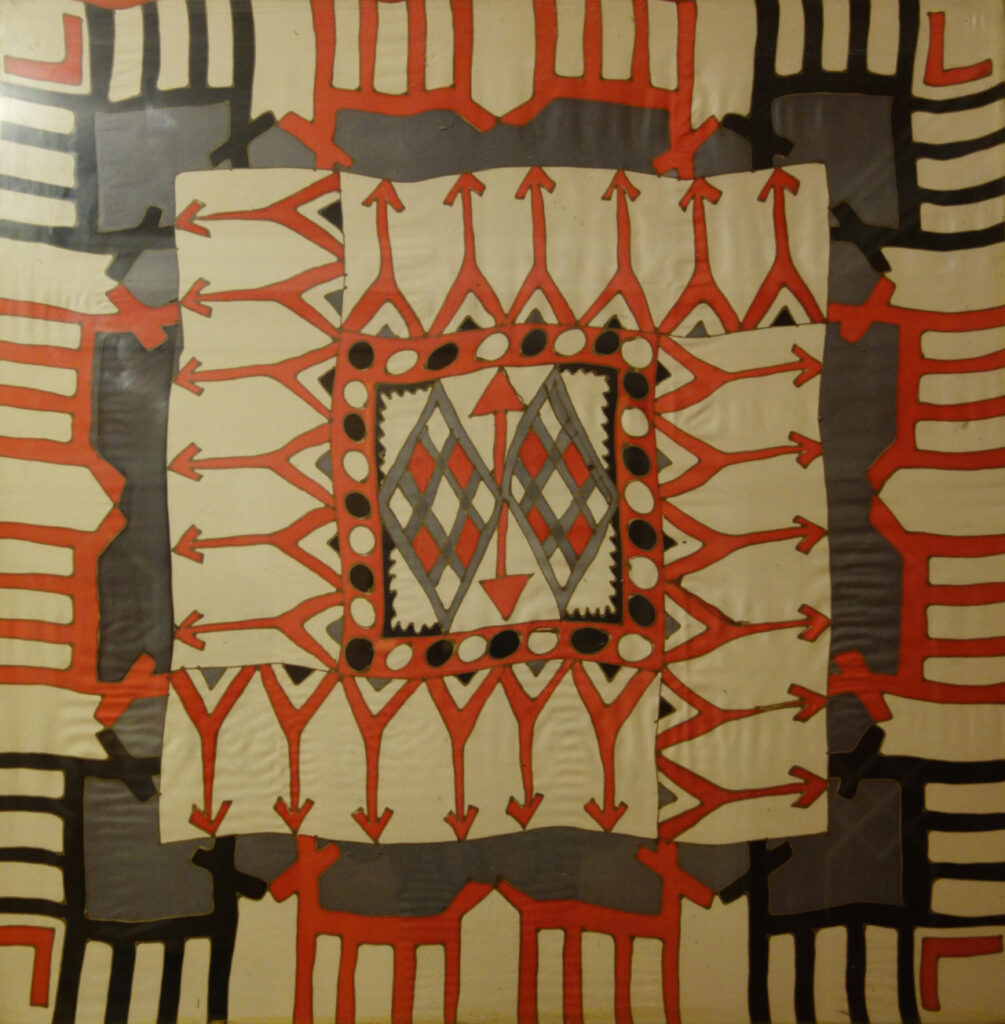Butler on Gerschultz, ‘Decorative Arts of the Tunisian École: Fabrications of Modernism, Gender, and Power’
Gerschultz, Jessica. Decorative Arts of the Tunisian École: Fabrications of Modernism, Gender, and Power. Refiguring Modernism Series. University Park: Pennsylvania State University Press, 2019. Illustrations. xxii + 256 pp. $106.95 (cloth), ISBN 9780271083186.
Reviewed by Anne Marie E. Butler (Kalamazoo College)
Published on H-AMCA (August, 2023)
Commissioned by Nisa Ari (Center for Advanced Study in the Visual Arts (CASVA), National Gallery of Art)
In Decorative Arts of the Tunisian École: Fabrications of Modernism, Gender, and Power, Jessica Gerschultz presents a momentous shift in artistic values and collaborations in twentieth-century Tunisia. Important to the context of this shift is a history of French colonization and Tunisian independence. French occupation began in the late nineteenth century and lasted until 1956, when the Tunisian Néo-Destour (New Constitution) party, led by Habib Bourguiba, succeeded in establishing a constitutional monarchy and, later, a representative democracy. During the independence movement era from the 1930s to 1956, there was a strong distinction between decorative “indigenous” arts and art typically attributed to European methods, such as painting. However, by the postindependence era of the late 1950s and 1960s, a group of modern artists that Gerschultz terms the Tunisian École (Tunisian School) were endeavoring to shift Tunisian arts away from the artisan-based, colonial modes of the past. Instead, they sought to articulate an idea of Tunisian modern art that departed from French colonial influence by drawing on traditional Tunisian forms yet infusing them with modern design. By cataloguing the development and influence of the Tunisian École, particularly within three institutional spaces for arts advancement—the École des Beaux-Arts, the École de Tunis, and the ateliers of the Office National de L’Artisanat—Gerschultz demonstrates how decorative arts in modern Tunisia, and the organizational bodies and associated figures that promoted them, were instrumental in the state’s modernization. This book therefore contributes an urgently needed account of the enmeshment of colonial investments, transnational artistic influence, artisans, state power, and gender dynamics in twentieth-century Tunisia to larger histories of global modern art.
 Figure 1. Jellal Ben Abdallah, Painted dining room door, Hôtel Jugurtha, Gafsa, ca. 1963. Photograph courtesy of Jessica Gerschultz, 2013.
Figure 1. Jellal Ben Abdallah, Painted dining room door, Hôtel Jugurtha, Gafsa, ca. 1963. Photograph courtesy of Jessica Gerschultz, 2013.

Figure 2. Unidentified artist, Painted scarf from the Den Den atelier, ca. early 1960s. Photograph courtesy of Jessica Gerschultz, 2013.